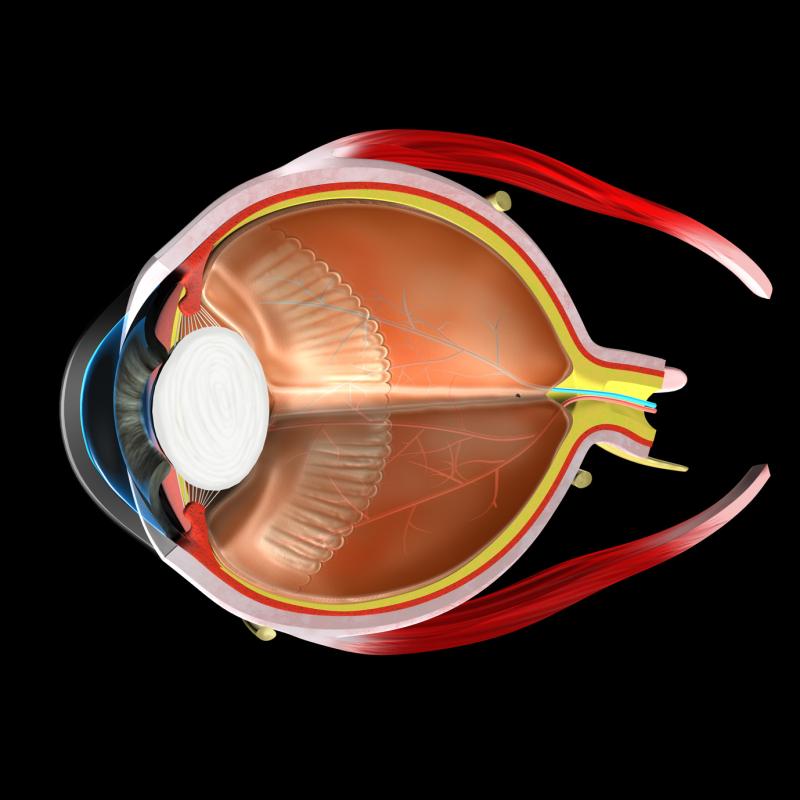
Incidences of newly detected retinal breaks and retinal detachments (RDs) are quite significant following acute posterior vitreous detachment (PVD), reveals a study, suggesting that repeat examination may be necessary in these patients.
A total of 7,999 eyes with acute PVD were analysed, of which 1,280 (16.0 percent) had a retinal break and 499 (6.2 percent) exhibited an RD on presentation. Delayed retinal breaks were found in 209 (2.6 percent) eyes and delayed RD in 80 (1.0 percent).
More than half of delayed breaks (n=116; 55.5 percent) were found in ≤6 weeks and 93 (44.5 percent) >6 weeks after presentation. Twenty-six (32.5 percent) of delayed RDs were found in ≤6 weeks and 54 (67.5 percent) >6 weeks after presentation.
Factors associated with increased risk for delayed retinal breaks and RDs were vitreous haemorrhage (hazard ratio [HR], 2.53; p<0.001; HR, 2.80; p=0.001) and male gender (HR, 1.36; p=0.03; HR, 1.87; p=0.02), respectively.
Pseudophakia (HR, 2.10; p=0.004) was also associated with delayed RD, while older age (odds ratio [OR], 0.96; p=0.01) was slightly protective. In addition, vitreous haemorrhage was predictive of earlier retinal breaks (≤6 weeks vs >6 weeks; OR, 3.58; p<0.001).
This retrospective case-control study included acute PVD eyes treated between October 2015 and August 2018 at a single academic retina practice. Diagnostic billing codes were used to identify eyes with a PVD diagnosis and history of extended ophthalmoscopic examination on presentation. Procedural billing codes were also used to determine the number of eyes with a history of laser retinopexy, cryotherapy for retinal tear or RD repair. Duration between initial and treatment visits was measured.
The authors reviewed the records of eyes with a delayed retinal break or RD and of a reference group comprising the first 100 presenting eyes with no initial or delayed retinal break or RD. This was done to determine and compare the presence of select risk factors on initial examination.